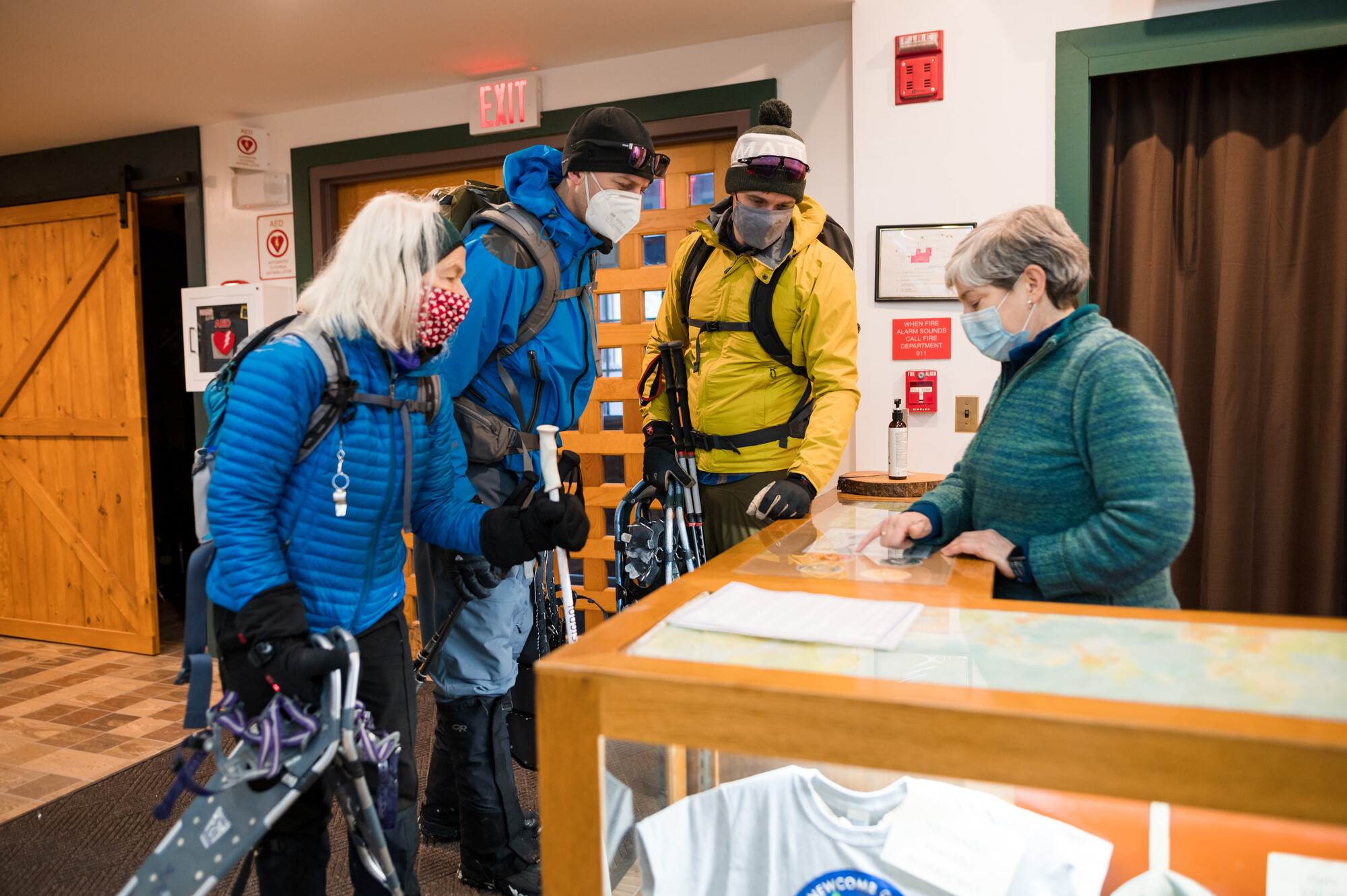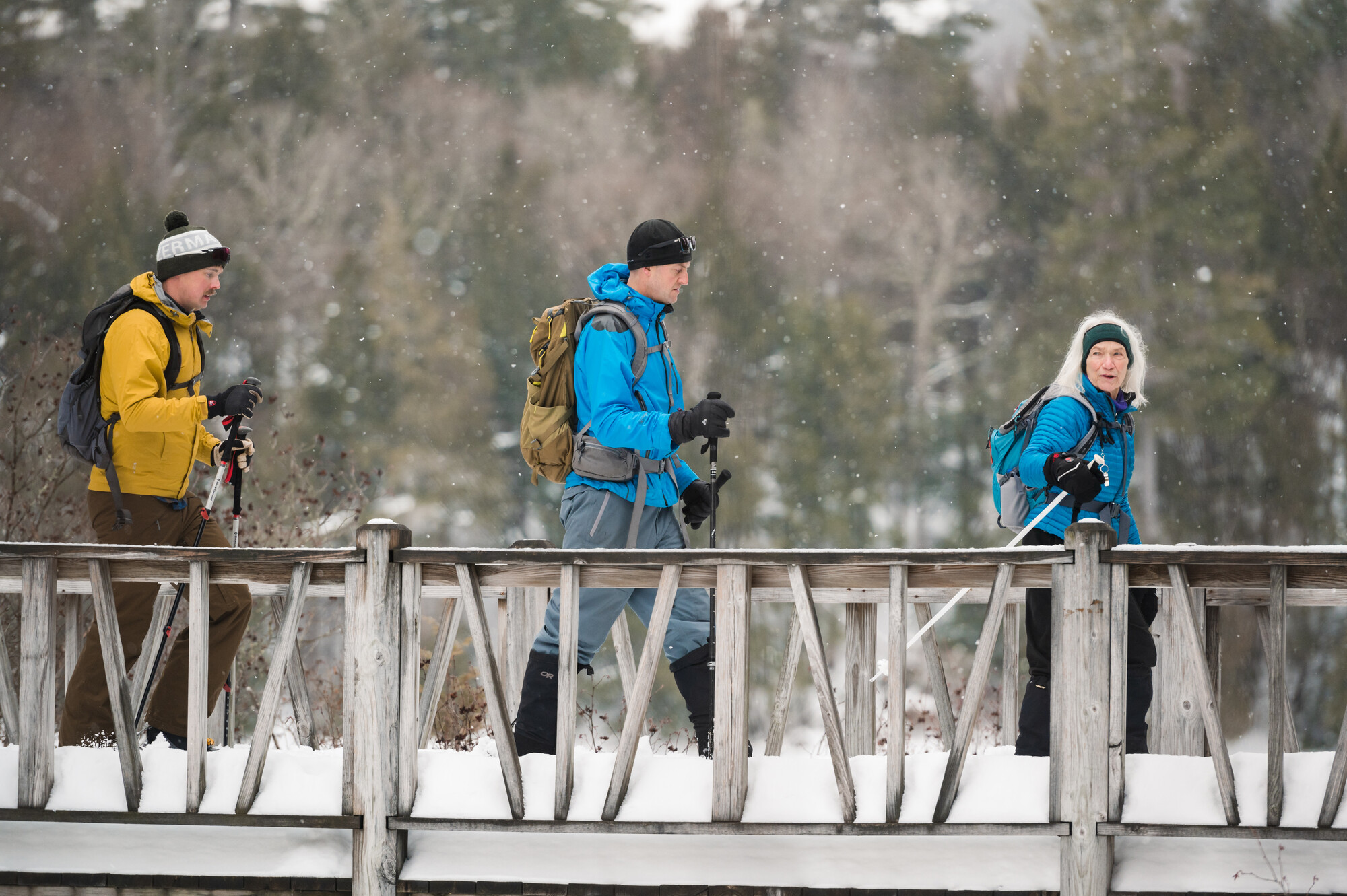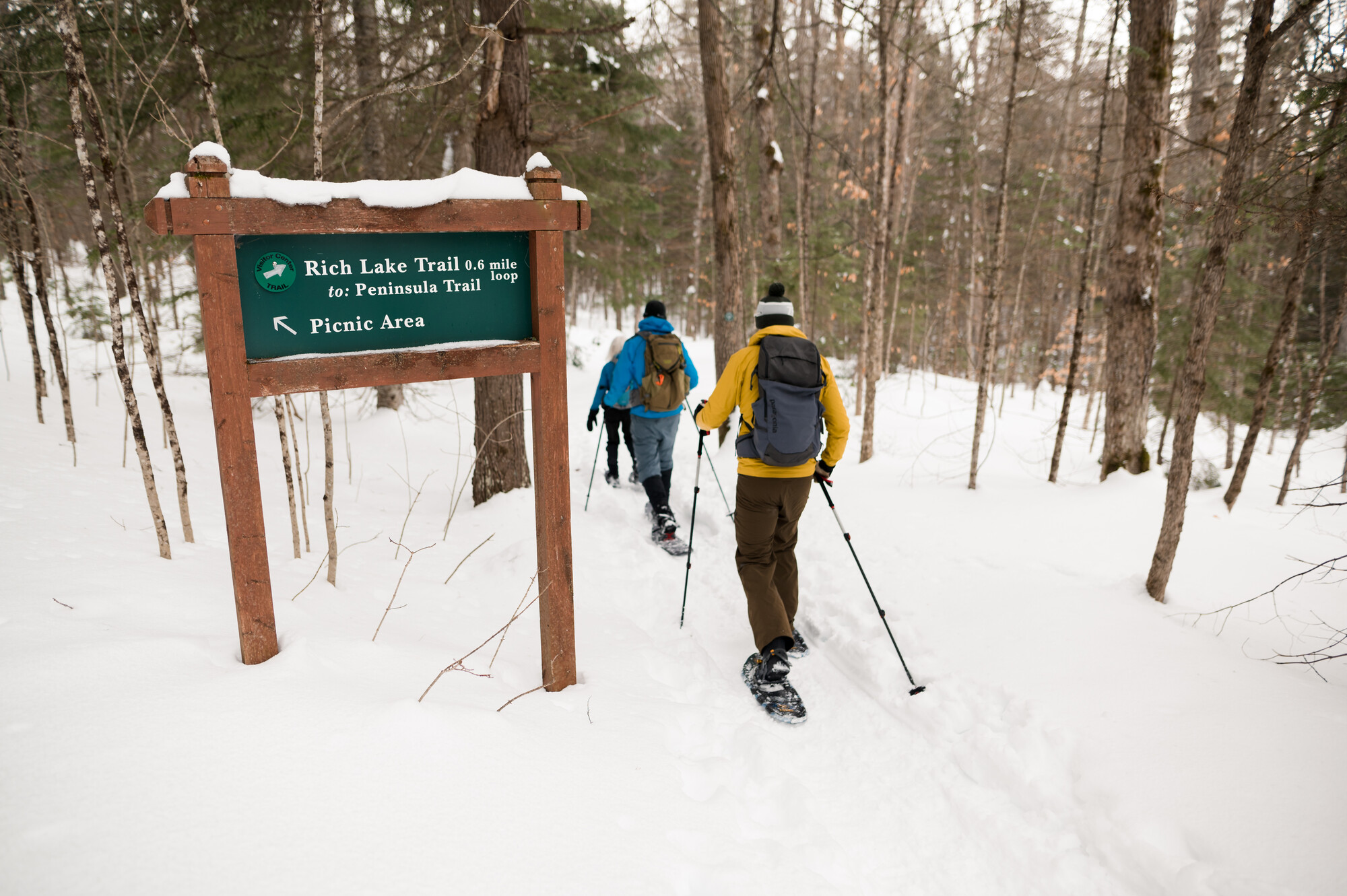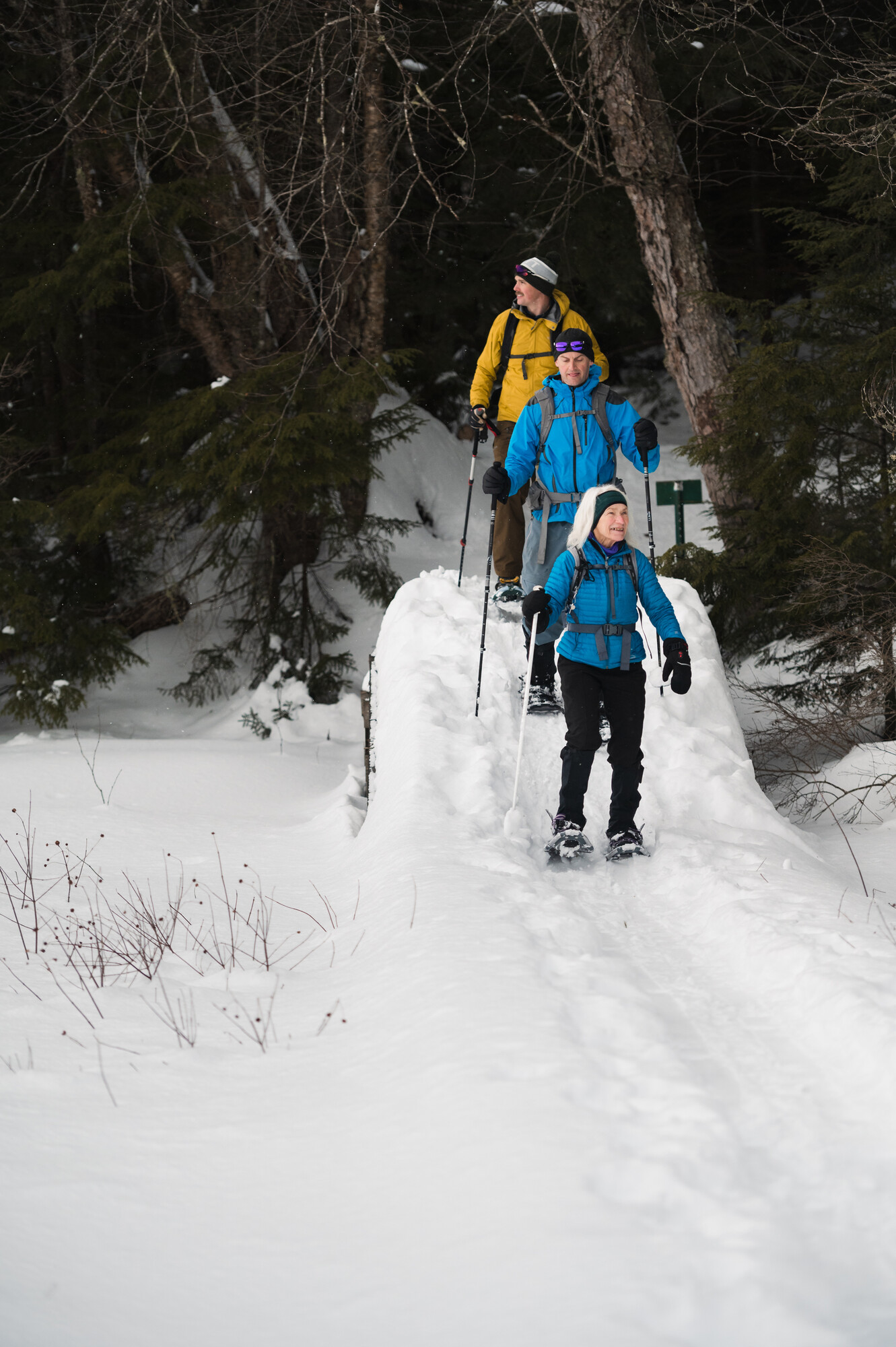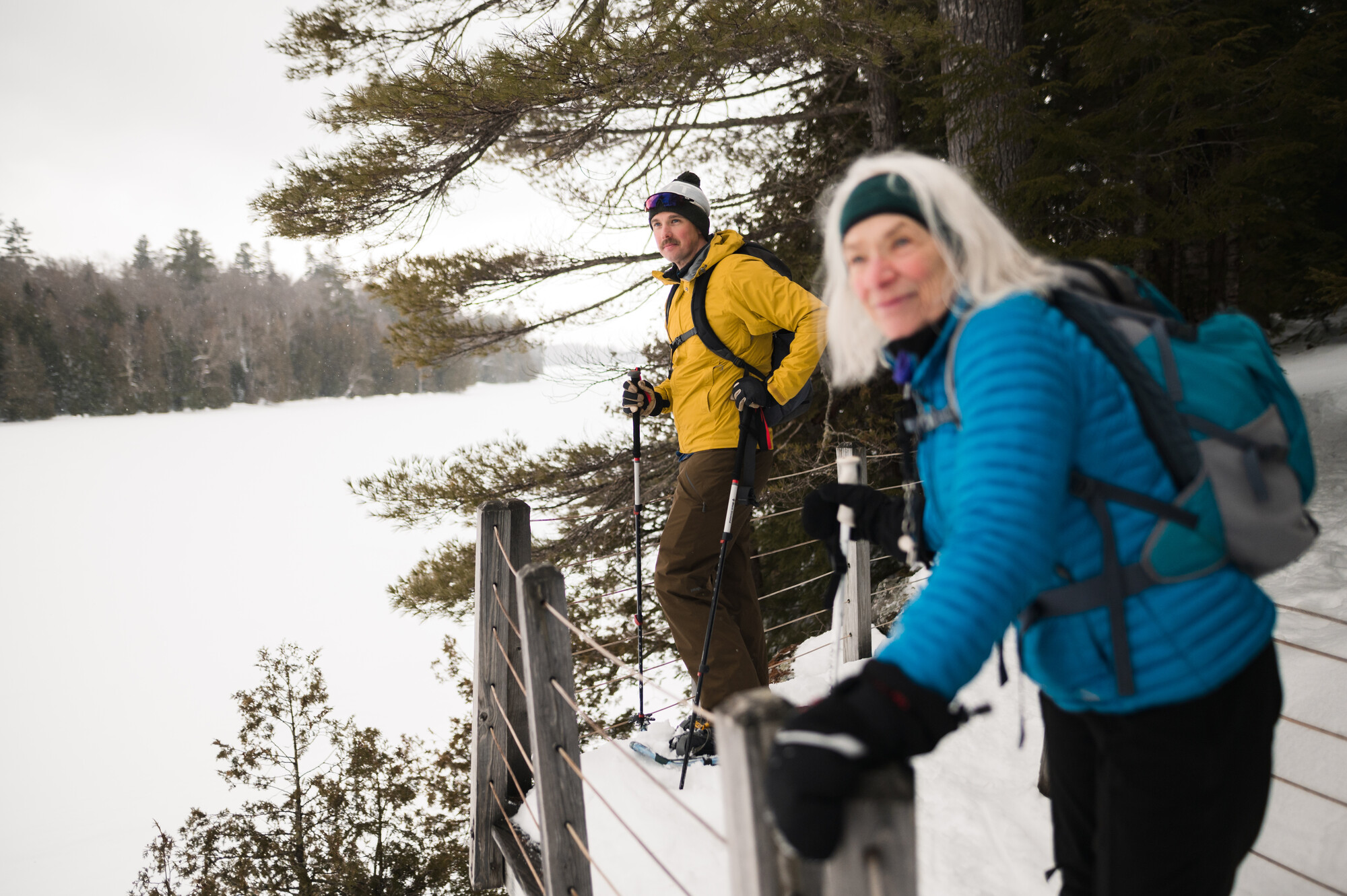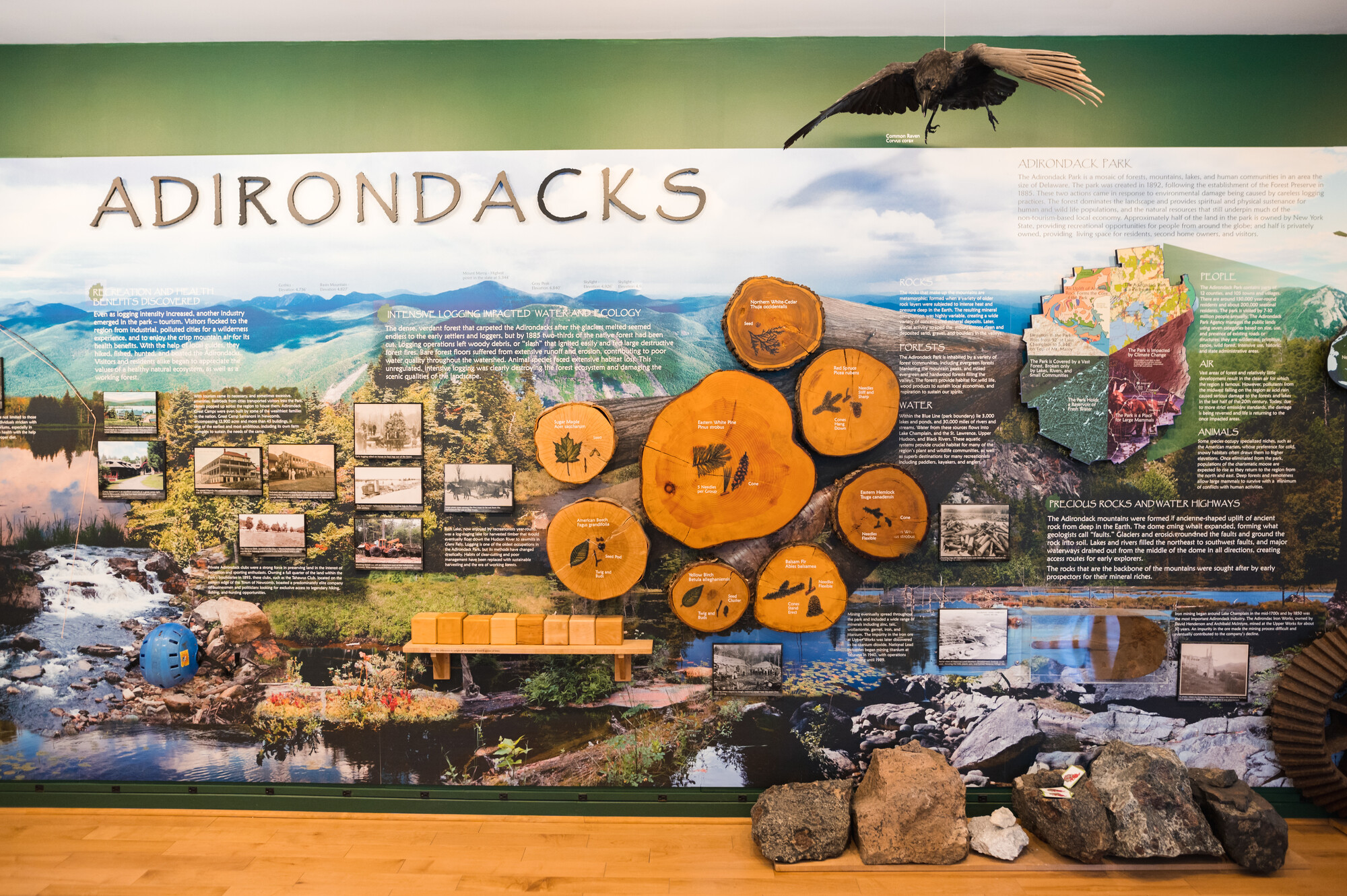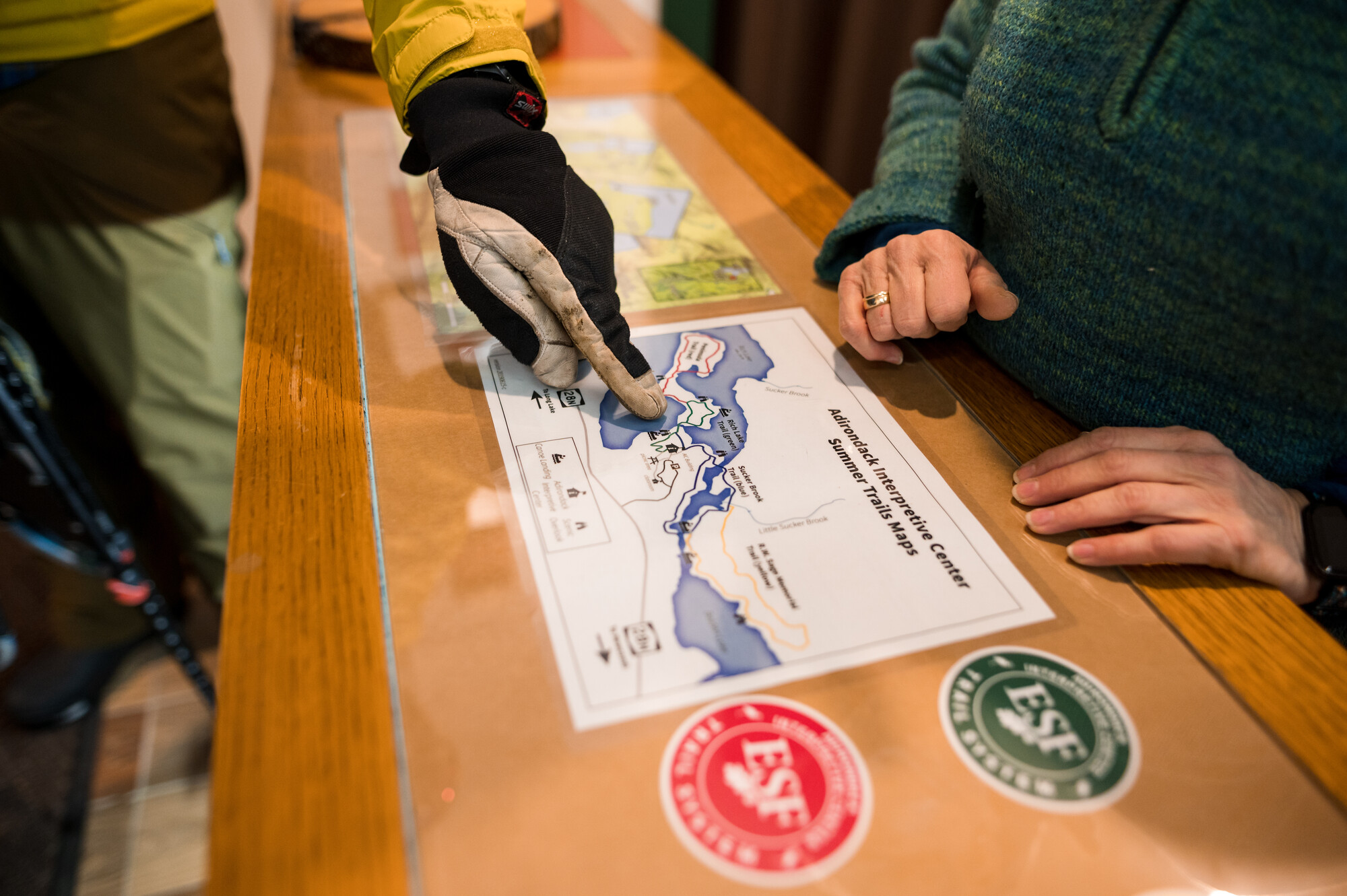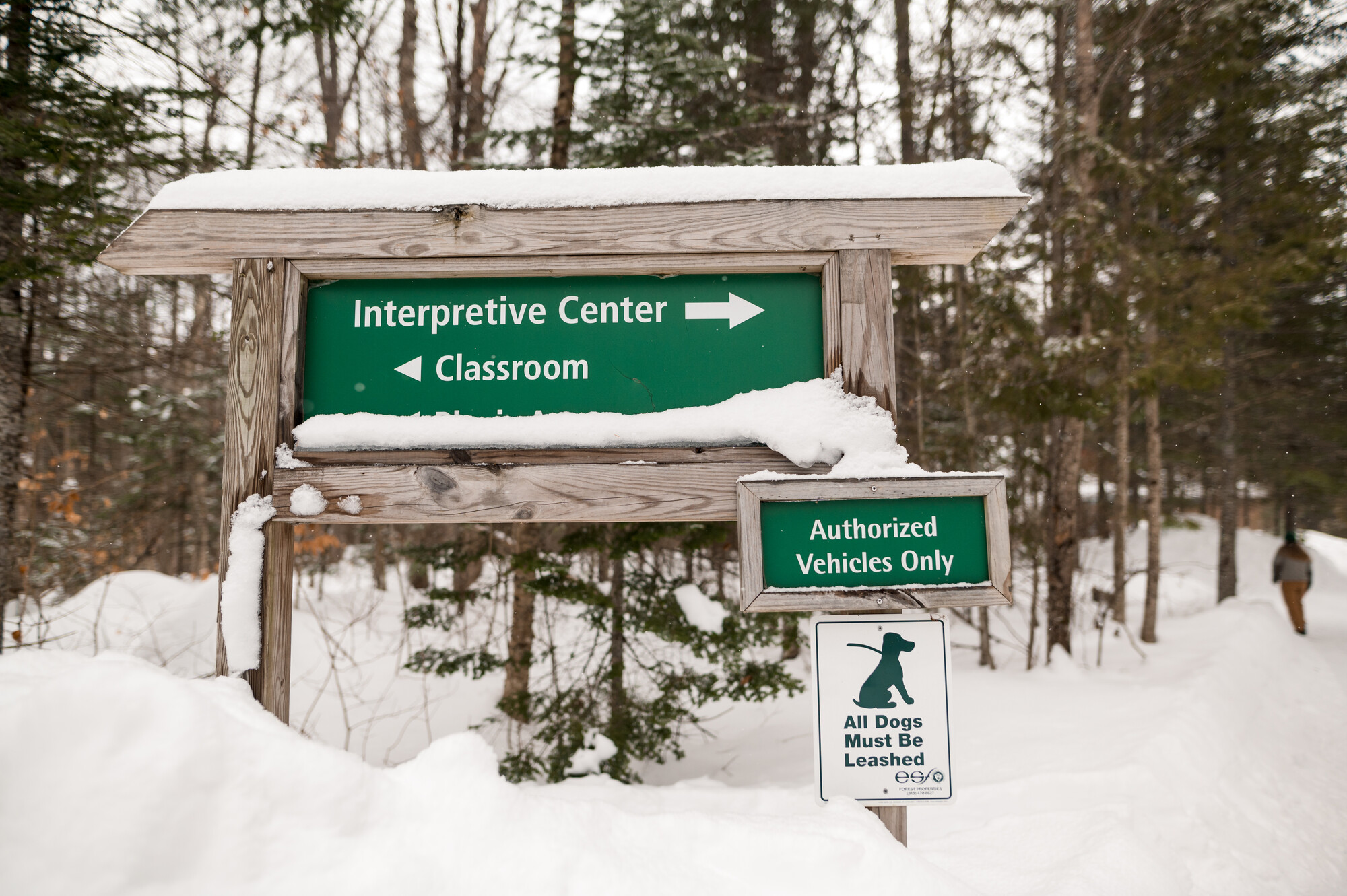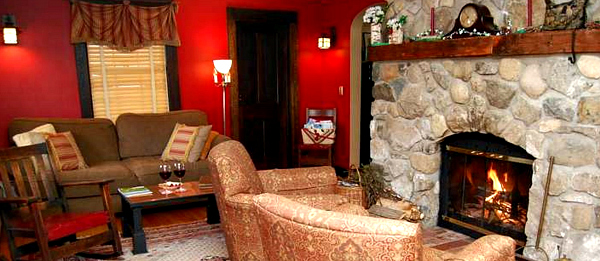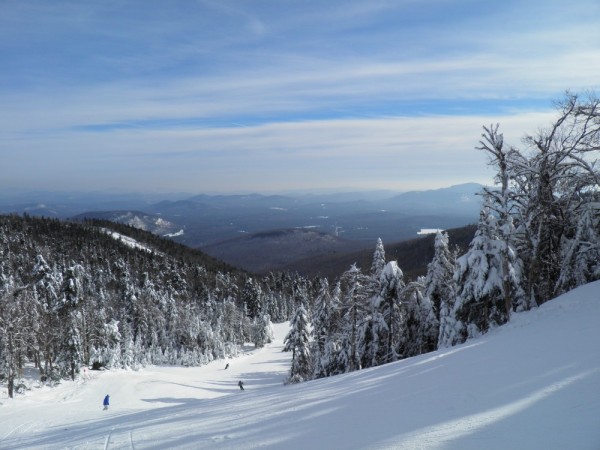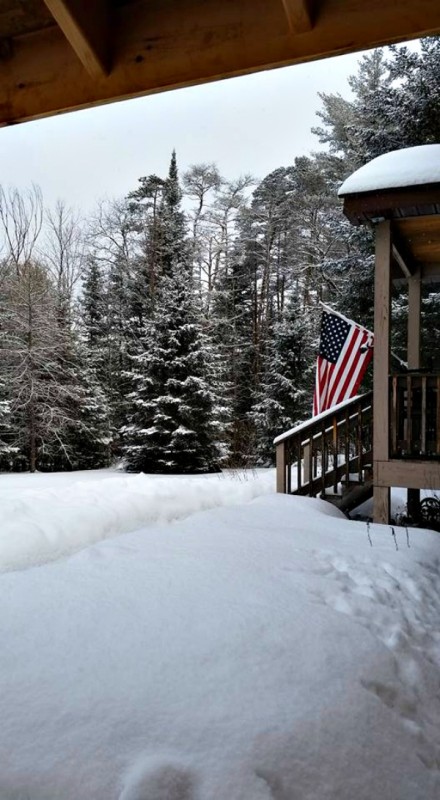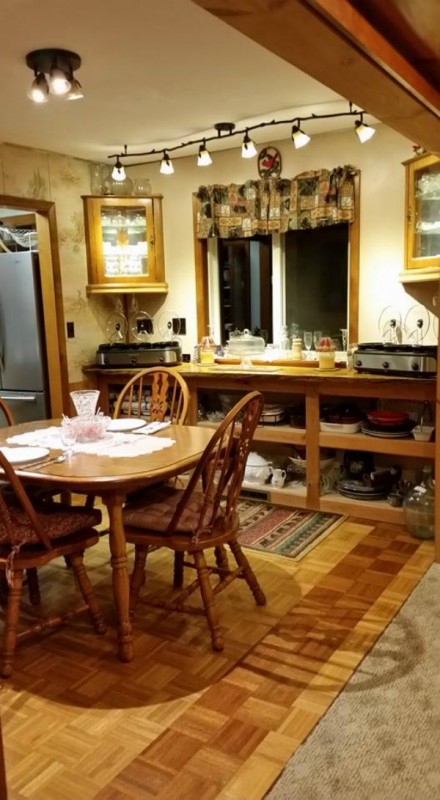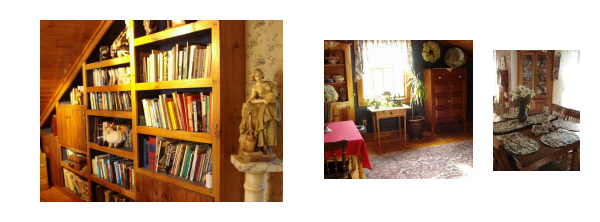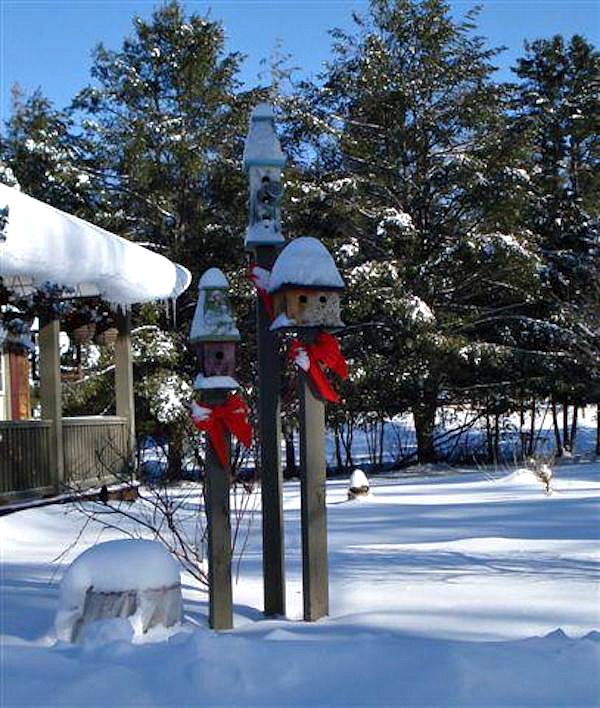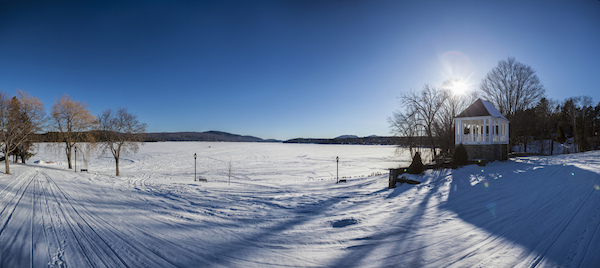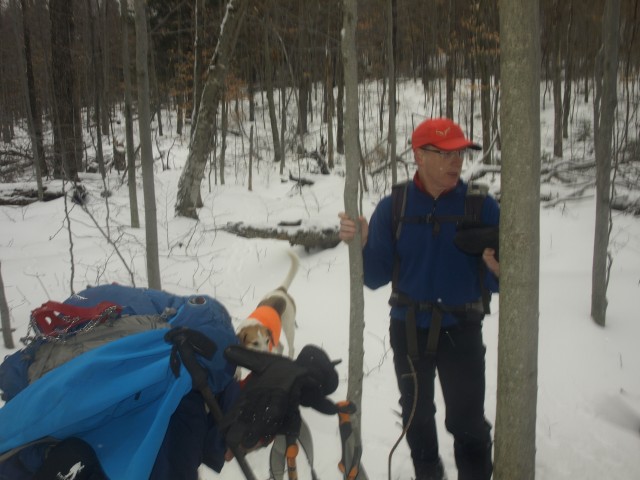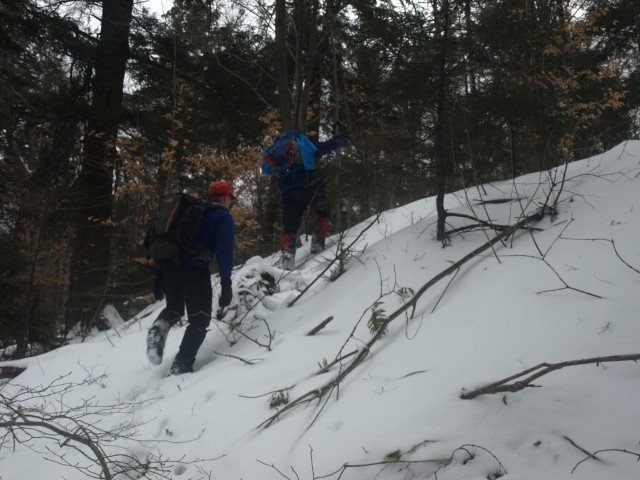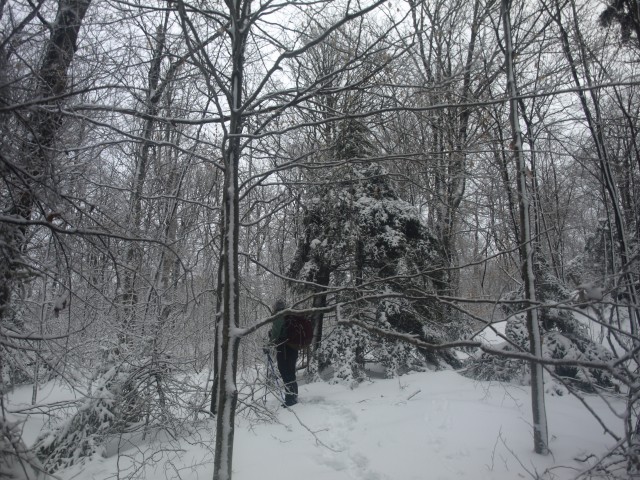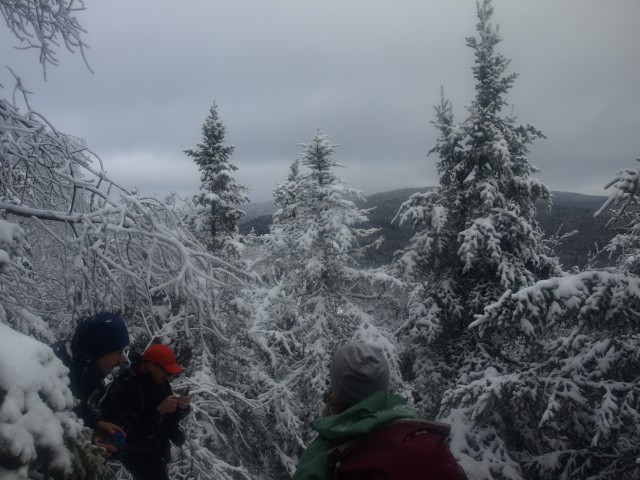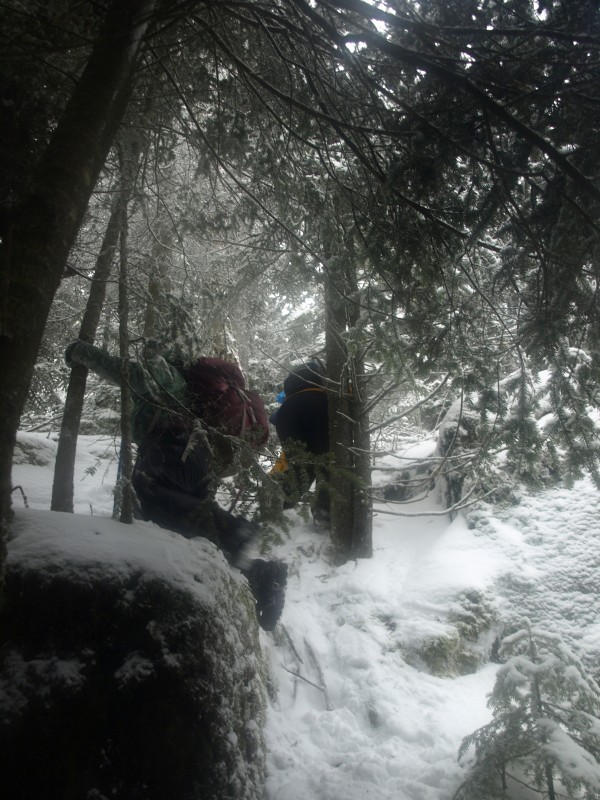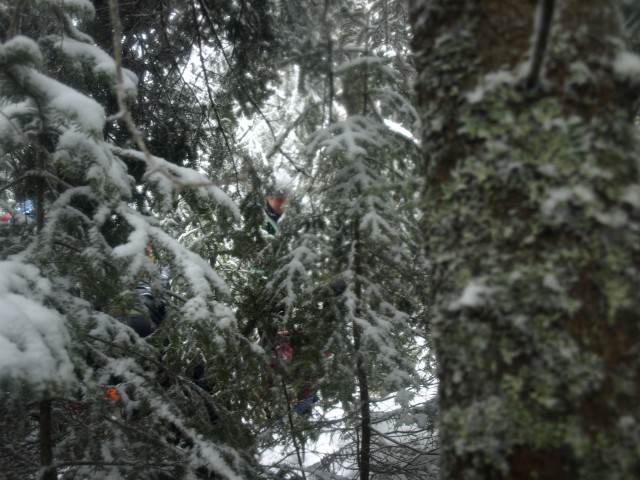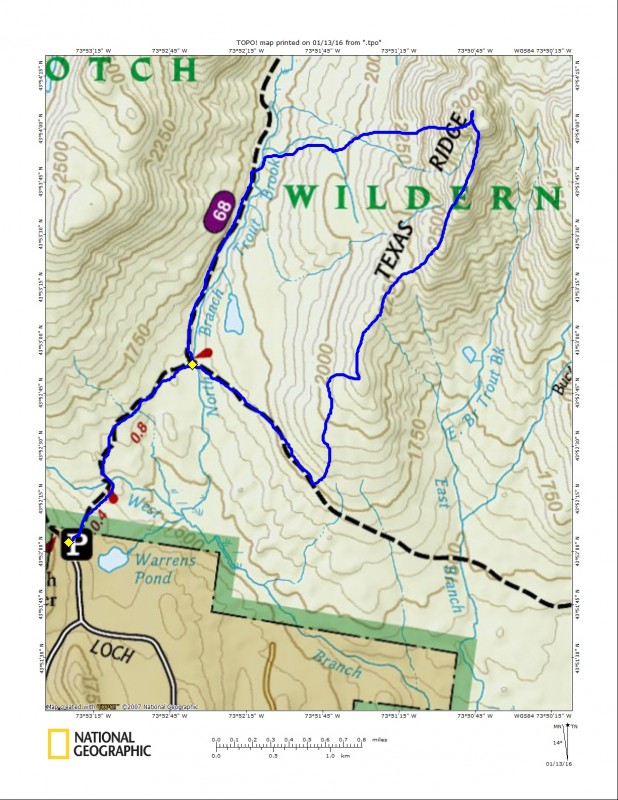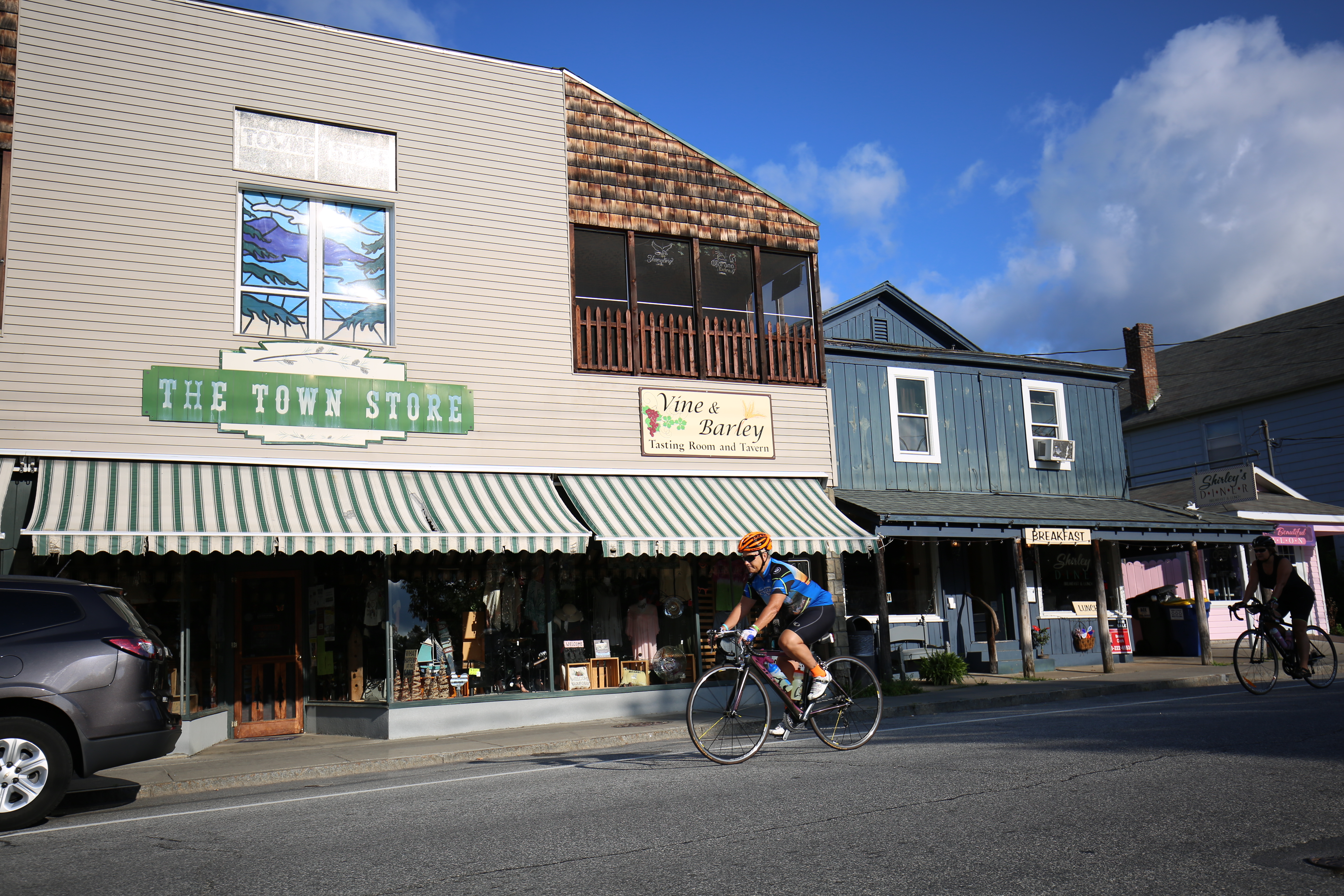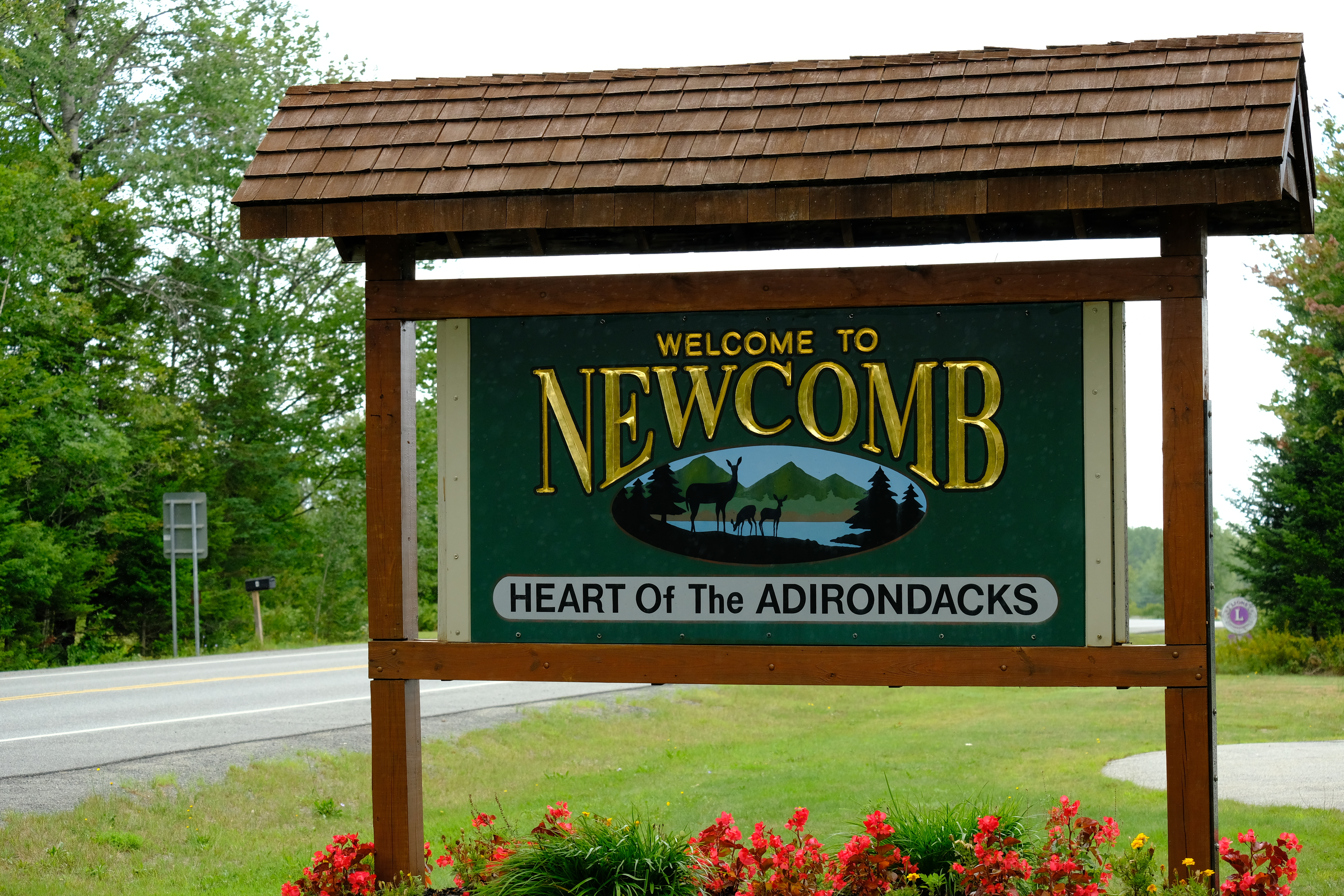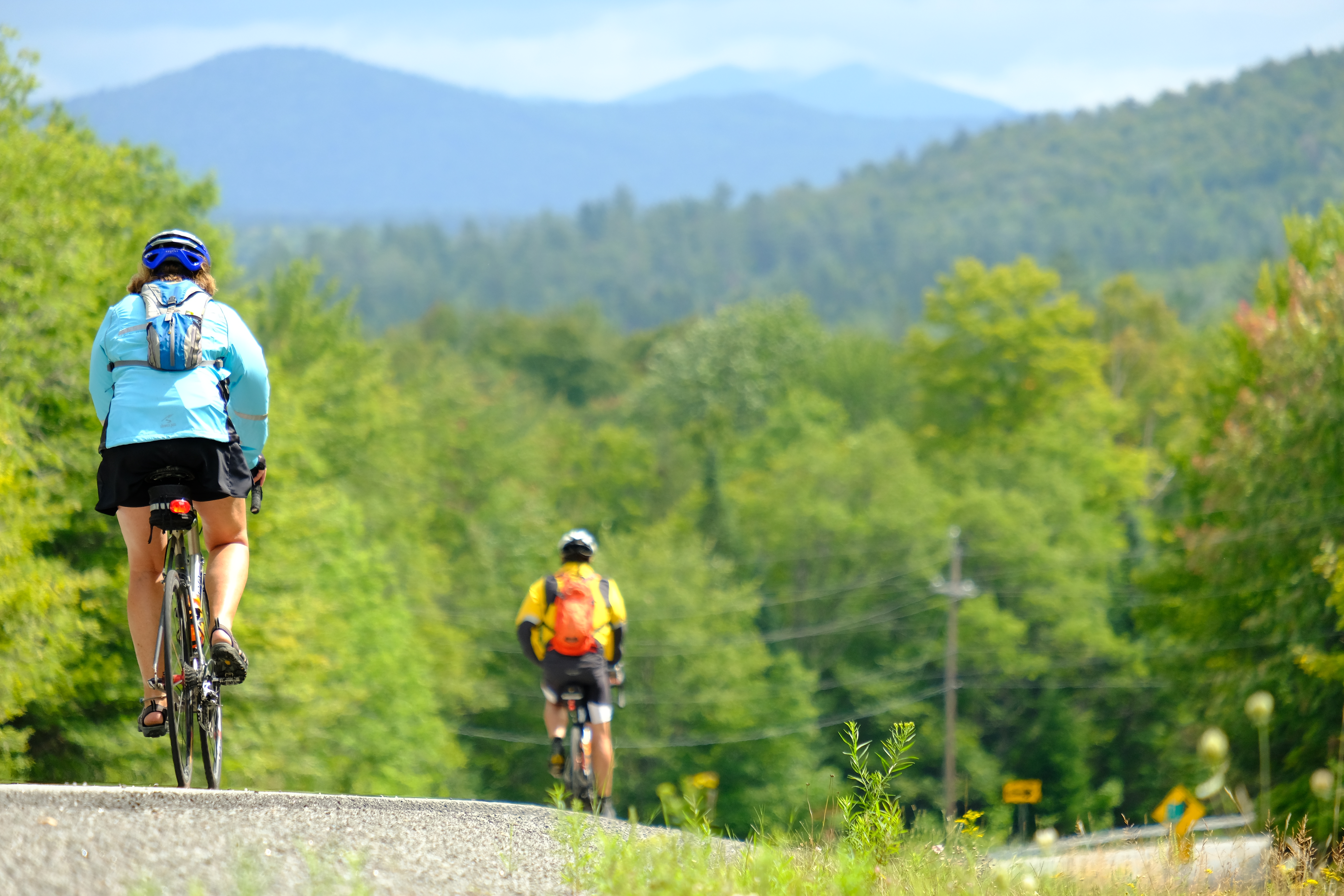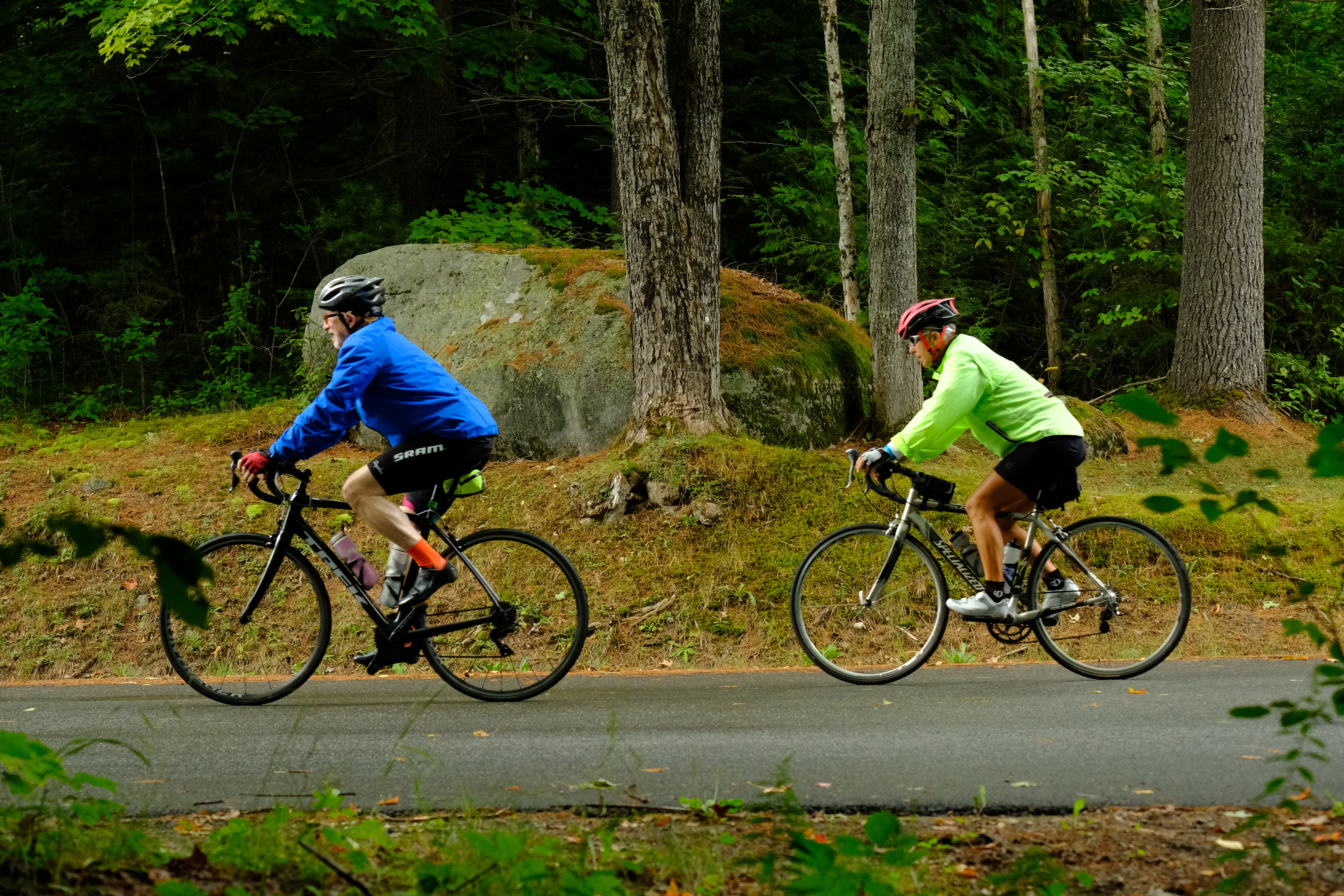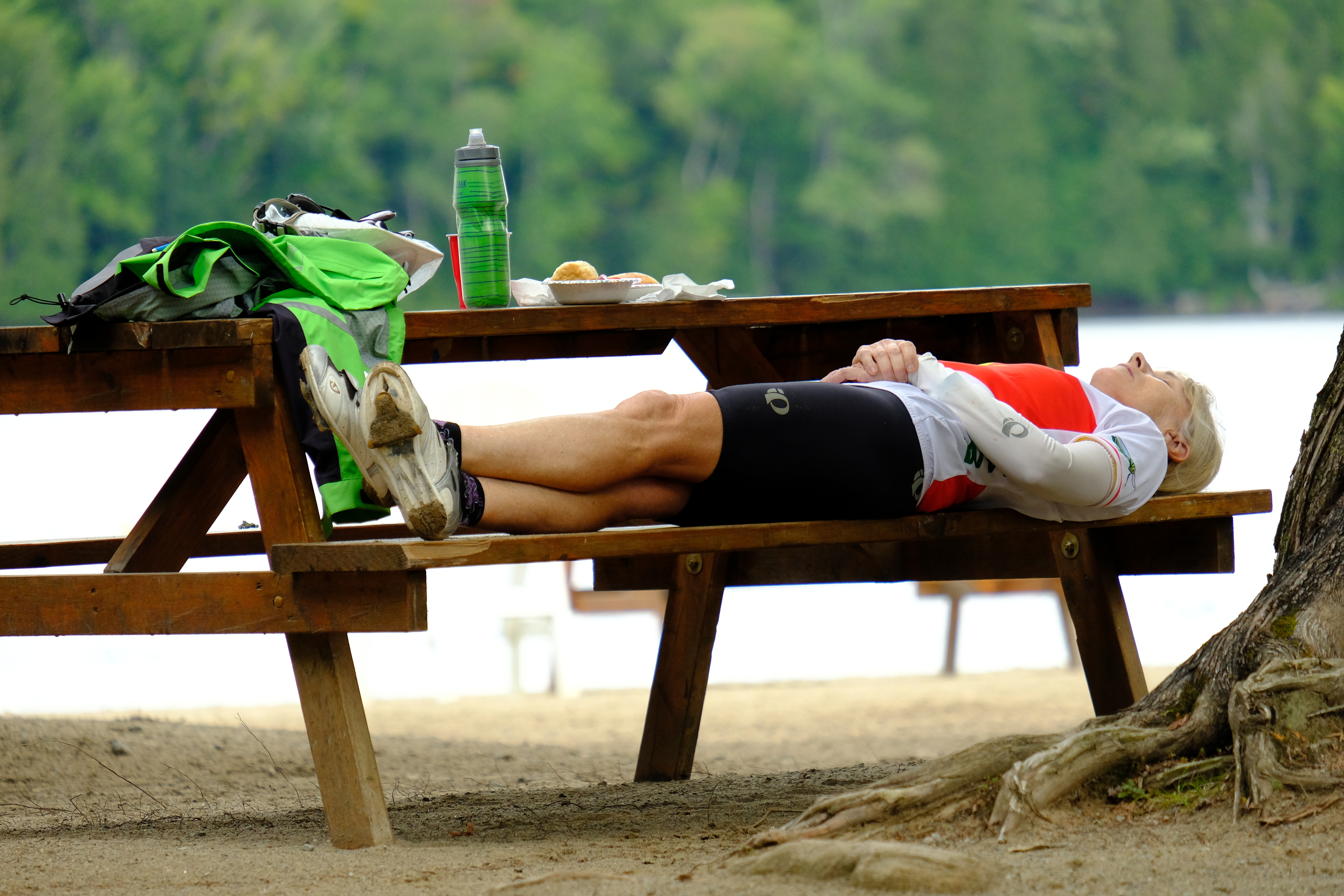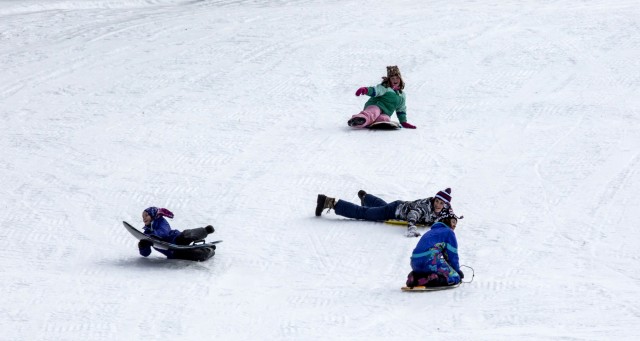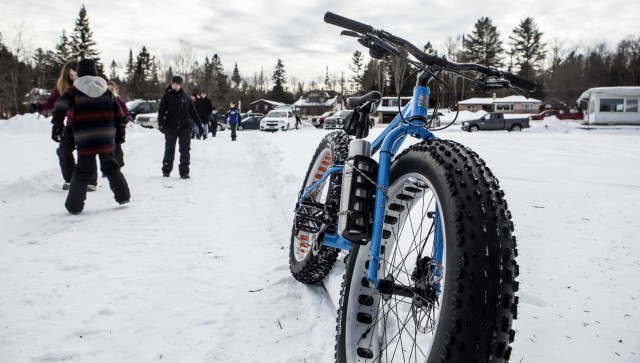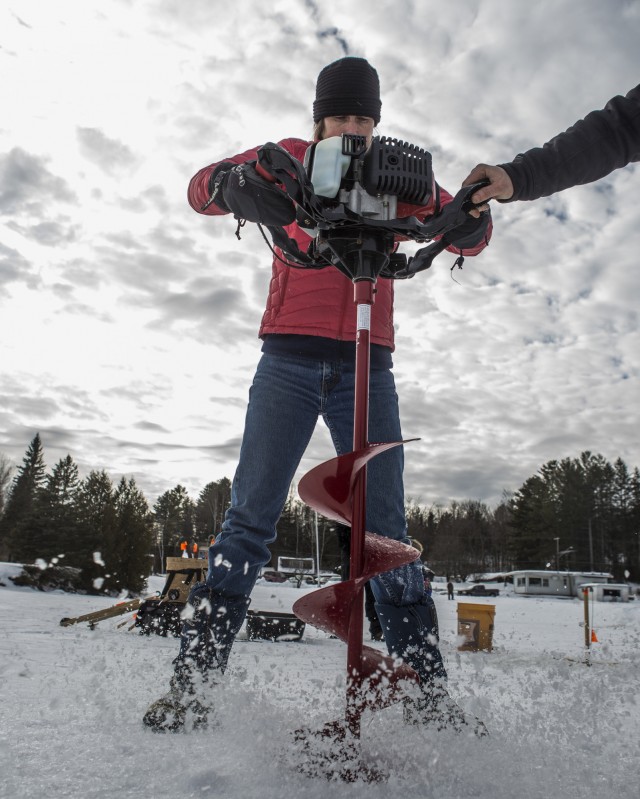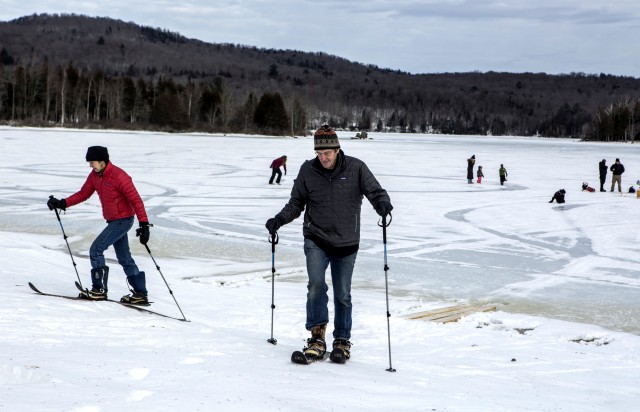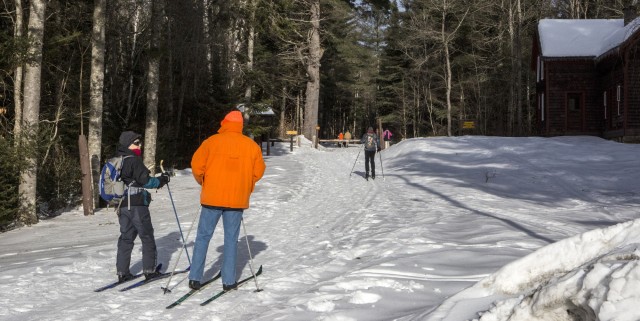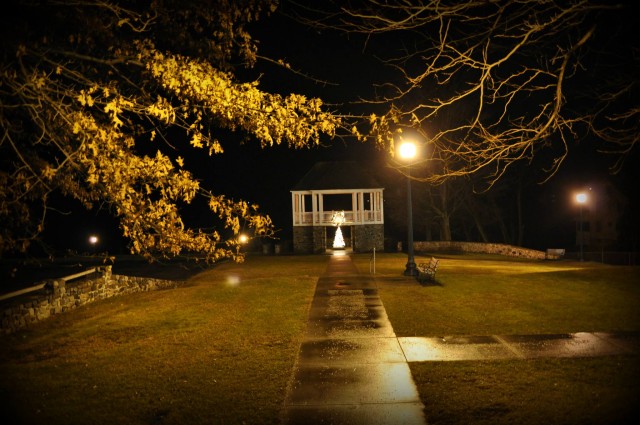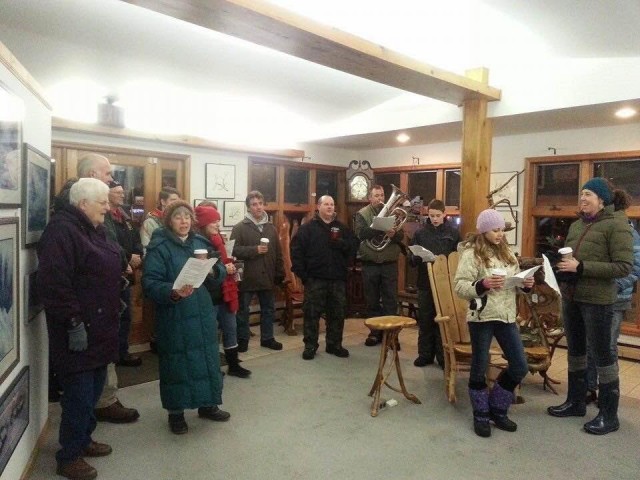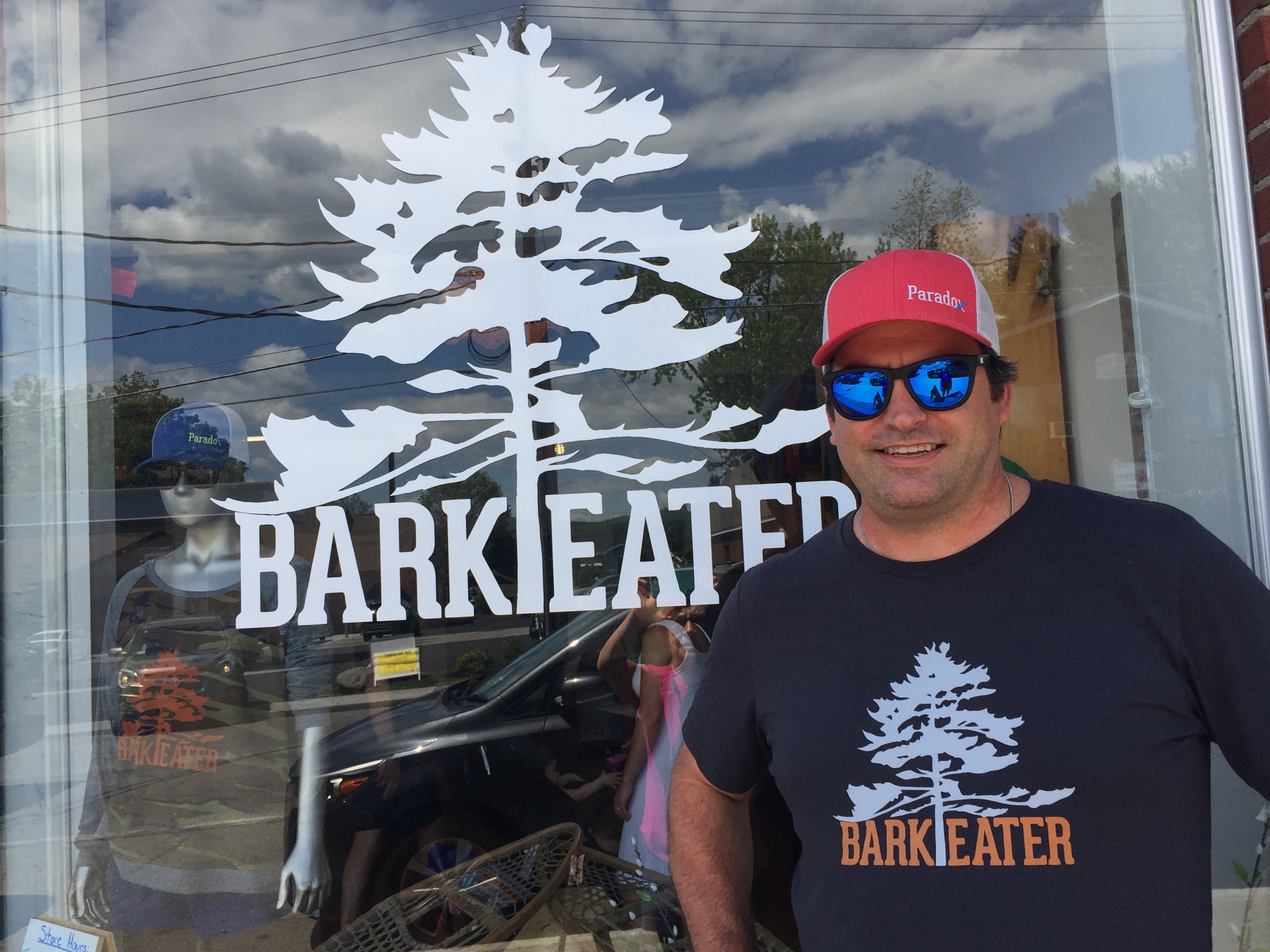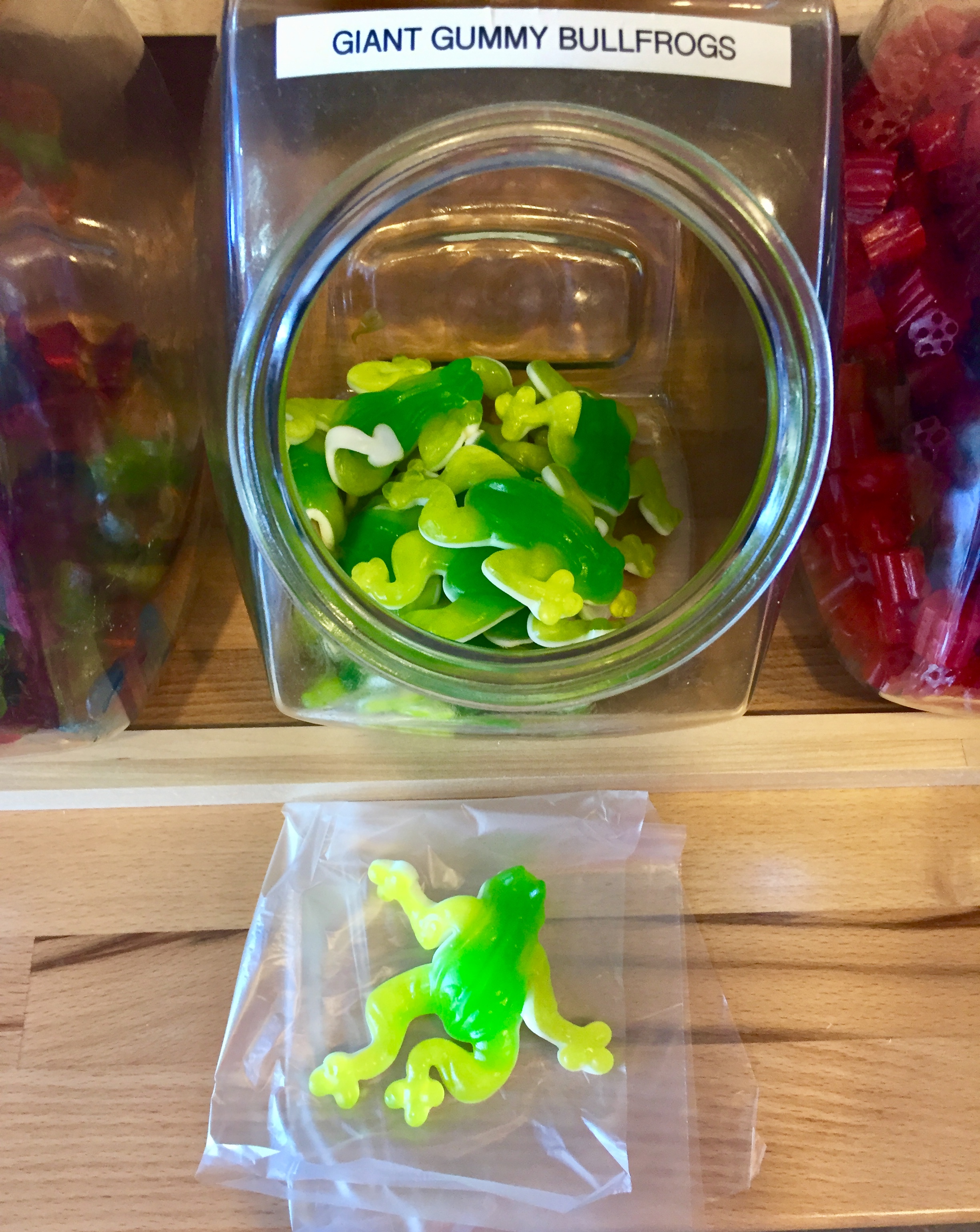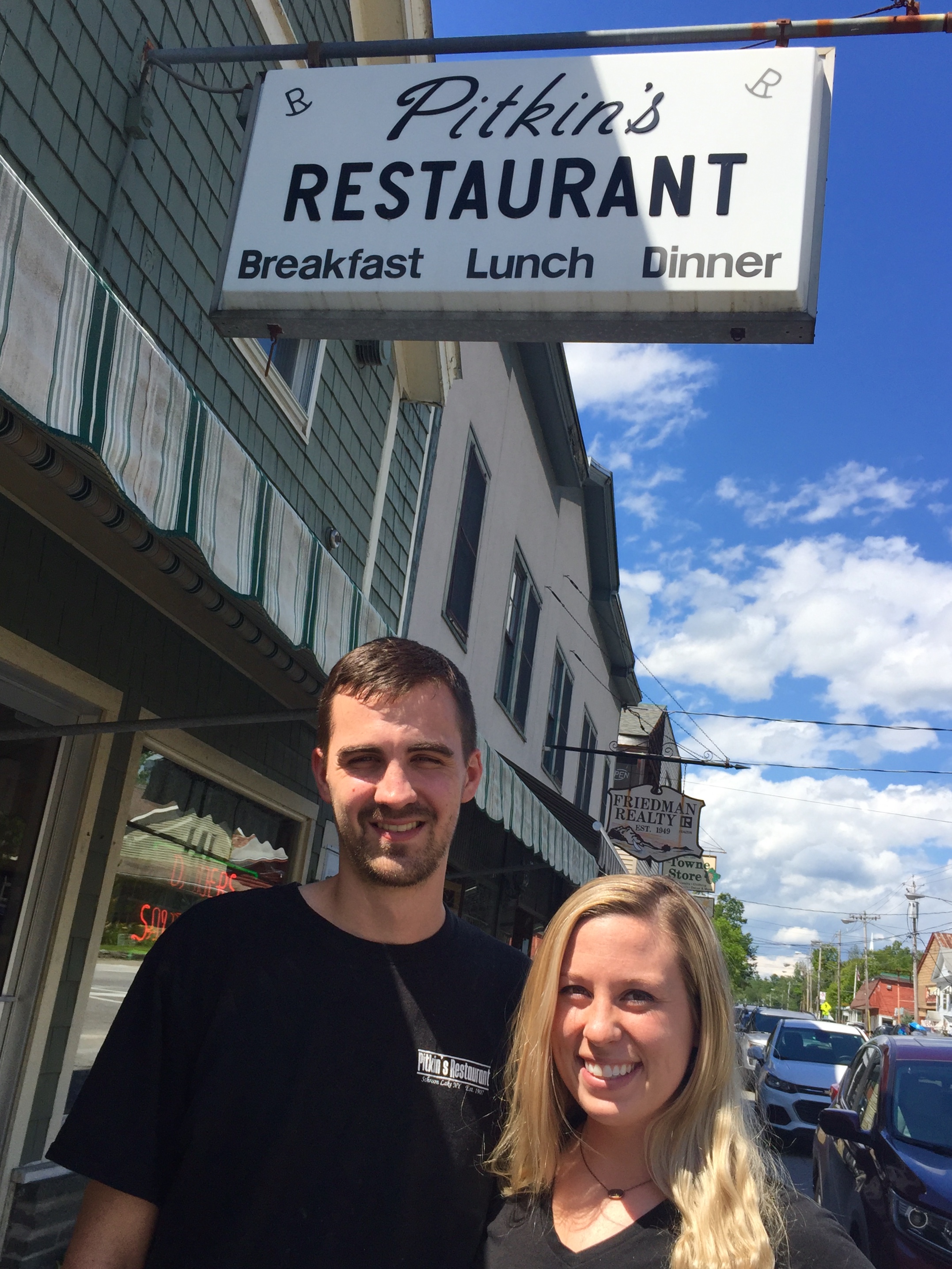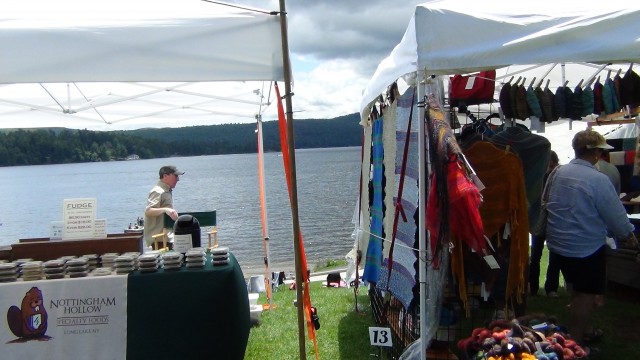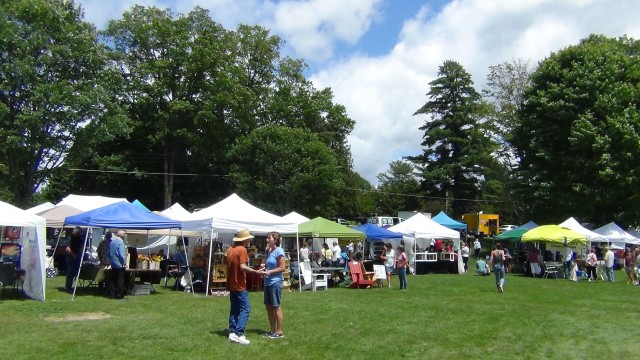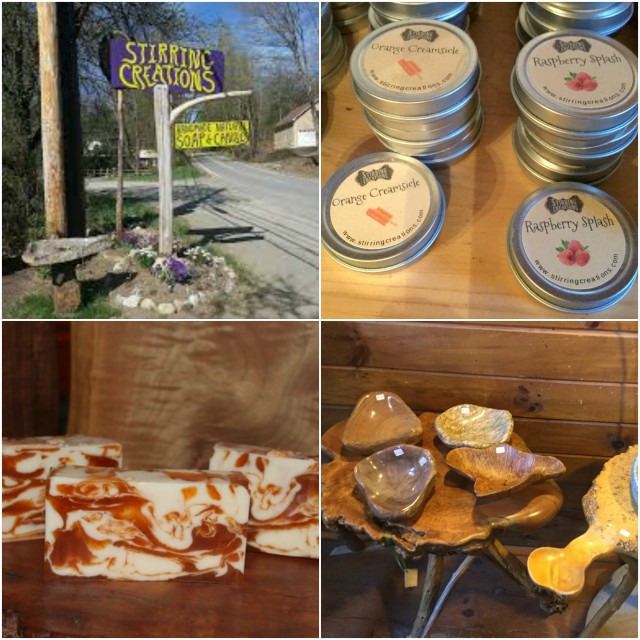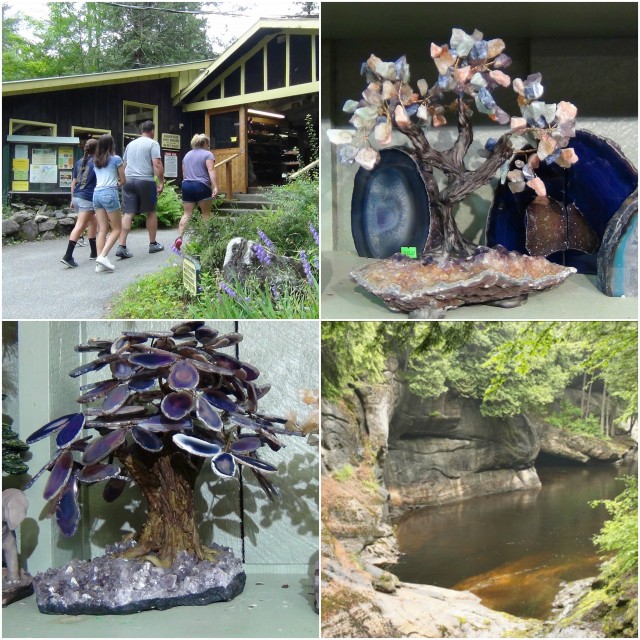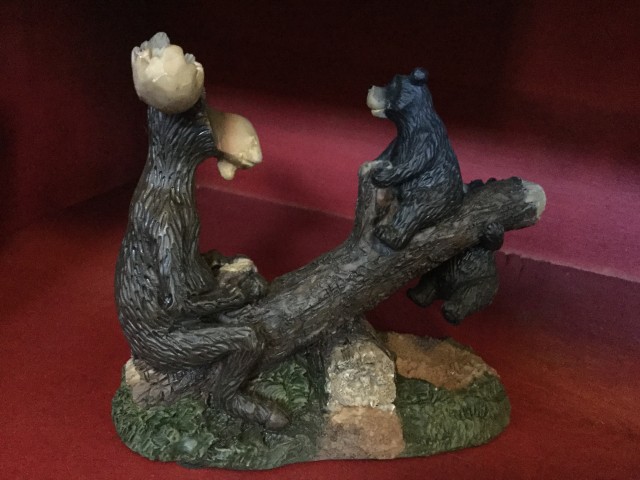Not-To-Miss Boreal Birding Locations This Year!
Boreal birding is fantastic in the western Essex County towns of Newcomb and Minerva. There is substantial boreal habitat and much of it can be accessed along roadways for easy car-birding. For a quieter experience, there are many trails where a hiker can wander in captivating boreal forest or paddle calm waters.
In the winter, there are snowshoe and cross-country ski options.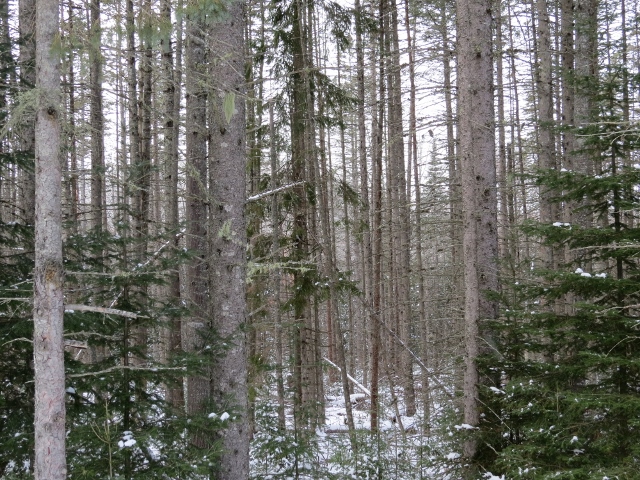
Birding Along Route 28N
Newcomb Bird Feeders In Winter
In the winter, I drive the side roads of Newcomb in the vicinity of Overlook Park to look for irruptive species such as Bohemian Waxwings and Pine Grosbeaks in fruit trees.
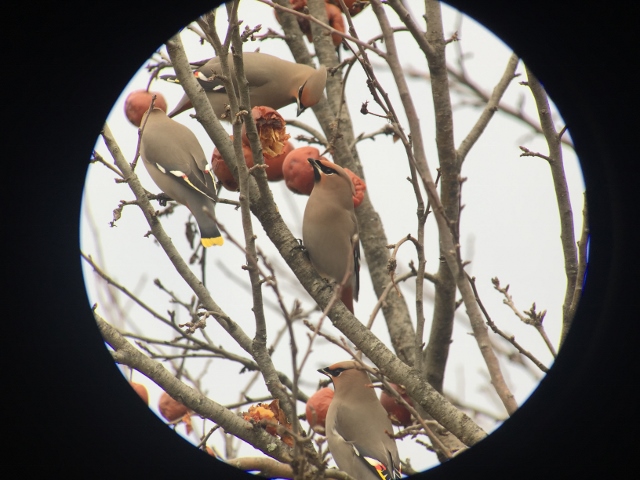
At bird feeders, look for Pine Siskins, Common and Hoary Redpolls (every-other-winter irruptive species from the north), and Evening Grosbeaks.

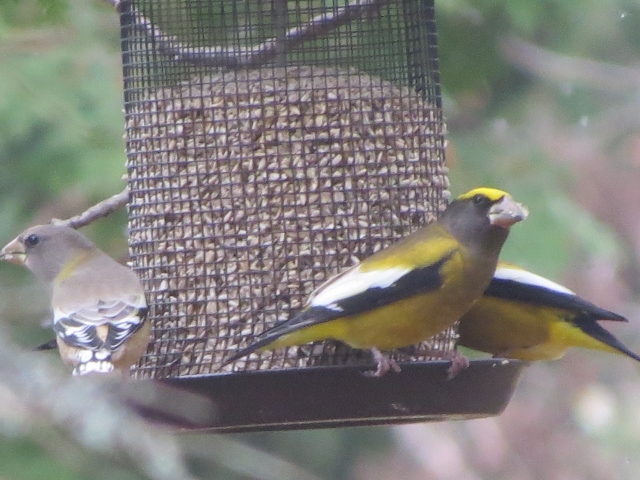
Of course the spectacular views of the High Peaks at Overlook Park are another great reason to visit this location!
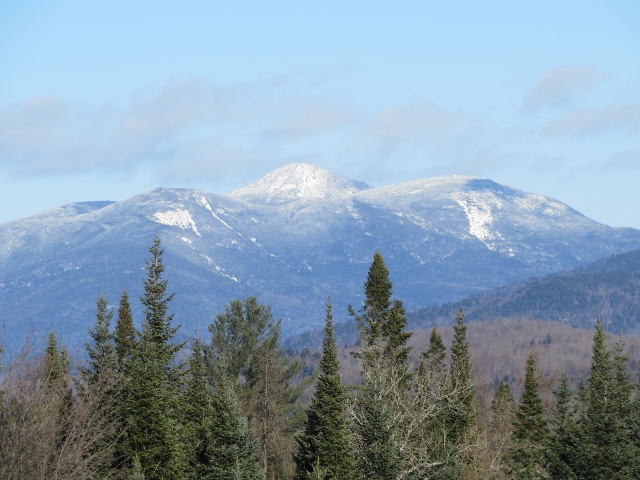
Santanoni Drive is a short, dead-end road that ends at a scenic spot on the Hudson River in boreal habitat where Black-backed Woodpeckers and Boreal Chickadees can be found year round.
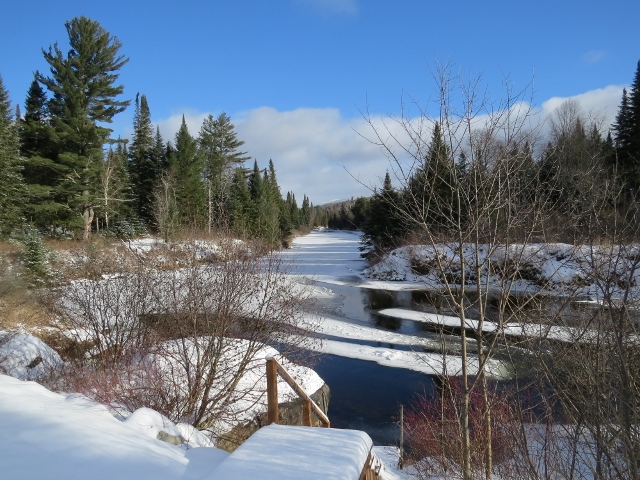
Snow Bunting flocks will feed along roadways and on the Newcomb golf course. Look for Northern Shrikes perched high in trees close to shrubby vegetation near water. They often show up near houses as they hunt feeder birds!
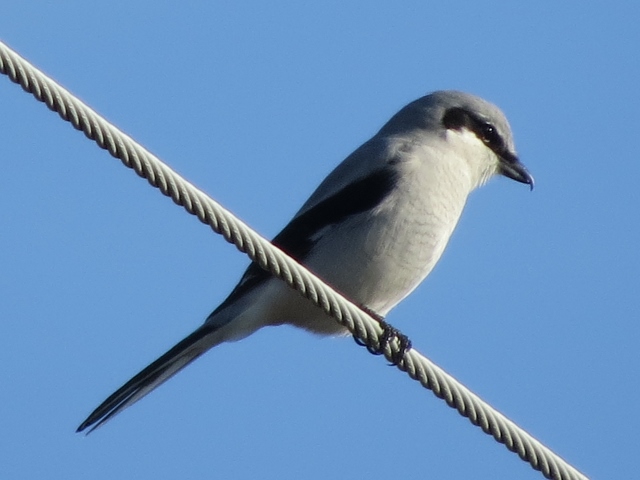
Beavers and River Otters can also be viewed in the Hudson River along Route 28N.
Boreal Marsh in Newcomb
About .75 of a mile east on Route 28N past the intersection with the Blue Ridge Road, a marsh surrounded by boreal forest hosts the sought-after, year-round “trinity” of Black-backed Woodpeckers, Gray Jays, and Boreal Chickadees. Evening Grosbeaks and other finches can also be found at this location.
In the summer, Alder Flycatchers nest in the marsh and Yellow-bellied Flycatchers in the surrounding boreal forest. Hermit and Swainson’s Thrushes, many warbler species including Canada, and sparrow species including White-throated can also be found. For the past several years, I’ve found Black-backed Woodpecker nest sites by the edge of the road near the marsh.
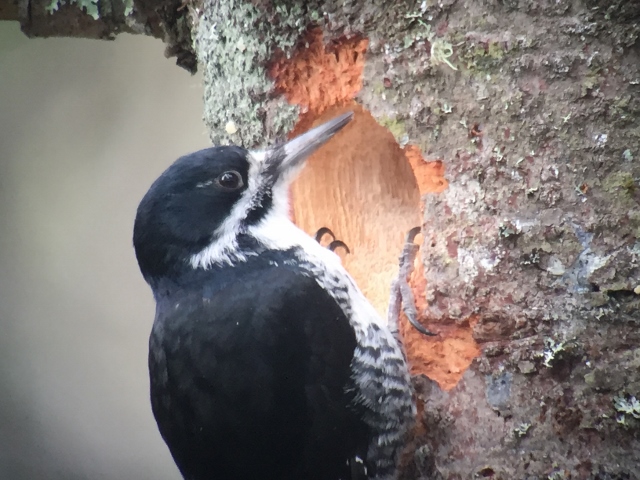
Pull-Off At The Newcomb-Minerva Town Line
Continuing east on Route 28N, a pull-off is found just past the Newcomb–Minerva town line – an attractive old barn is across the road.
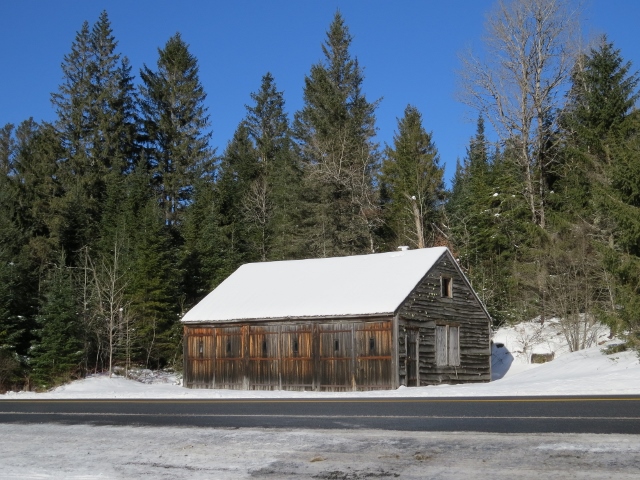
A snowmobile trail crosses the road at this spot. This is a very reliable location for Black-backed Woodpeckers and Boreal Chickadees. Lately, a trio of very friendly Gray Jays have made their presence known! On recent trips, a Gray Jay landed in my hand for food and the group attempted to fly into my car through the open window on another trip!
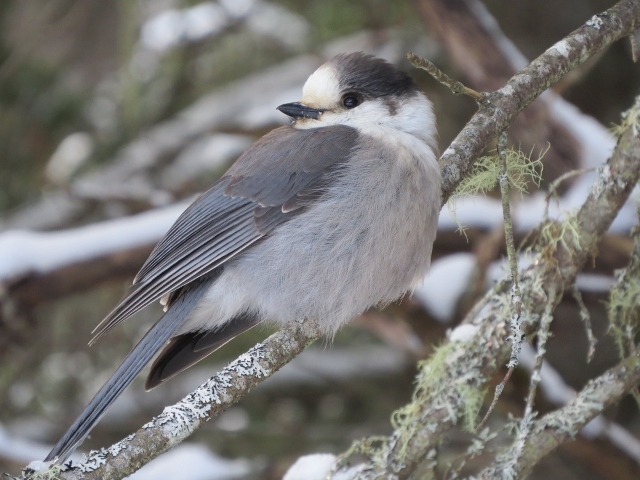
The new snowmobile trail can be hiked or snowshoed – both sides of the road feature great boreal habitat.
Railroad Bed In Minerva
Farther east along Route 28N is a railroad crossing. I prefer to hike south (or in winter, cross-country ski) which leads to a pond, brook, and large wetlands on both sides of the tracks. This is a wonderful location to find flycatcher species including Olive-sided Flycatchers.
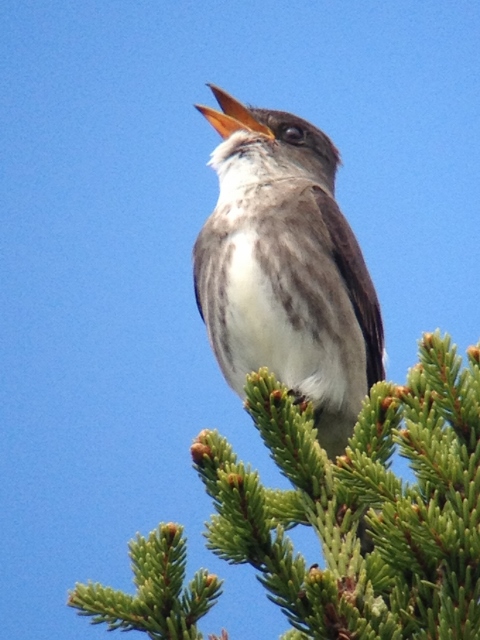
In the winter, Red Crossbills nest in the conifers when there is a good cone crop. Black-backed Woodpeckers and Boreal Chickadees are also found in the forest along the edges of the wetlands.
Roosevelt Truck Trail
If you like scenic, mature boreal habitat along a mossy, road-sized trail, then this hike is for you! The 2.5 mile long Roosevelt Truck Trail runs between Route 28N and the Blue Ridge Road. The boreal trinity species can be found all along the trail. Cape May Warblers breed at the southern end of the trail – one of only a handful of known nesting locations for this species in the Adirondacks. Sharp-shinned Hawks, Northern Goshawks, and Broad-winged Hawks nest in the area.
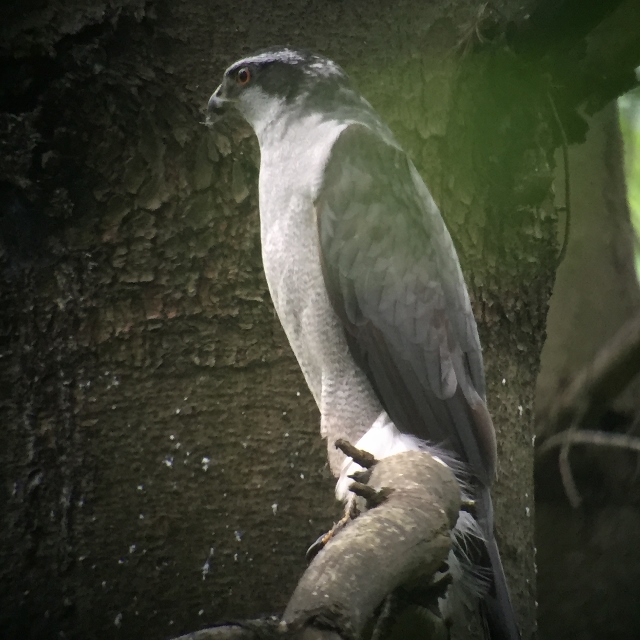
Ruffed Grouse can be observed in the trail and Barred Owls are often spotted. Black bear and moose tracks are a common sight on the trail. The Roosevelt Truck Trail is a popular cross-country ski trail in winter (moderate level).
Boreas River Bridge, Vanderwhacker Mountain Trail & Boreas River-Hewitt Eddy Trails
On the western side of the Boreas River Bridge is Moose Pond Club Road. In the summer, this seasonal use road leads several miles to the Vanderwhacker Mountain Trailhead. The first mile of the trail (before it becomes a steep mountain climb) is fairly level and winds through mixed and coniferous forest, and two large Beaver wetlands with Olive-sided Flycatchers (and historically, Rusty Blackbirds). It is a nice walk for finding warbler species including Mourning and Canada Warblers. If you have the stamina to hike all the way to the fire-tower summit, Yellow-bellied Flycatchers and Blackpoll Warblers can also be found.
The Boreas River Bridge is a nice stop at any time of year.
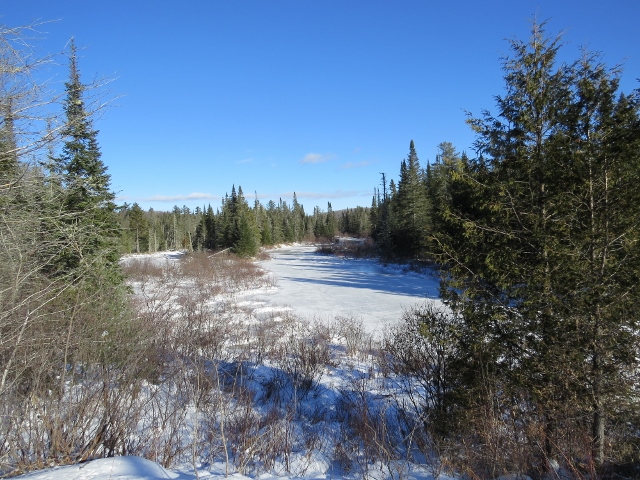
Parking is on the east side of the bridge on the north side of Route 28N. This location leads to a camping area along the river. Swallows nest under the bridge in spring-summer, and Black-backed Woodpeckers and Boreal Chickadees can be found year-round. In the winter, look for nesting Red and White-winged Crossbills during good cone crop years.
The Boreas River Trail is also found on the east side of the river. It can be an in/out hike, or a loop hike if added to the Hewitt Eddy Trail. The trailheads are .75 of a mile apart, so the road can be hiked, or two cars used for the loop. I often hike the Hewitt Eddy Trail to the Boreas River and then hike back out the same way. It is a foot trail in lovely boreal habitat. Snowshoes can be used in winter.
Tahawus Road In Newcomb
Tahawus Road, the southern entrance to the High Peaks, also offers great car-birding, but on a quieter road than Route 28N. The road parallels the Hudson River with boreal habitat between the road and river. This past summer, I found a singing Rusty Blackbird just past the first bridge over the Hudson River. The population of Rusty Blackbirds has steeply declined, and they have become rare to find.
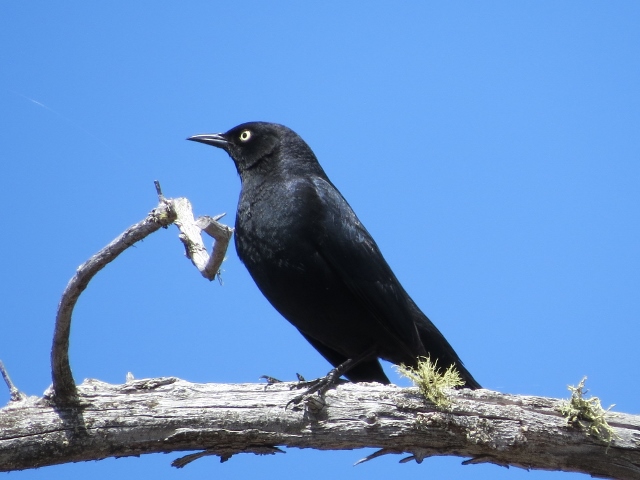
This is another location where I often find Black-backed Woodpecker nest sites right along the road. Philadelphia Vireos have been found in second growth deciduous trees along the river. New opportunities have recently opened up along Tahawus Road for hiking, cross-country skiing, and paddling – stay tuned for more detailed blogs!
This year, don’t miss out on birding this great area! It is a quiet, remote wilderness region with spectacular mountain views, and lots of boreal bird species and other wildlife. Find comfortable lodging and enjoy the solitude as you explore this scenic area.
Editor's note: We love winter birding - whether from the side of the road in a car or from the depths of the forest on snowshoes! We were recently looking for an idea of which way to head and we came across this awesome guide our birding blogger provided which highlights a few of her favorite spots. This piece was first published in 2016.
